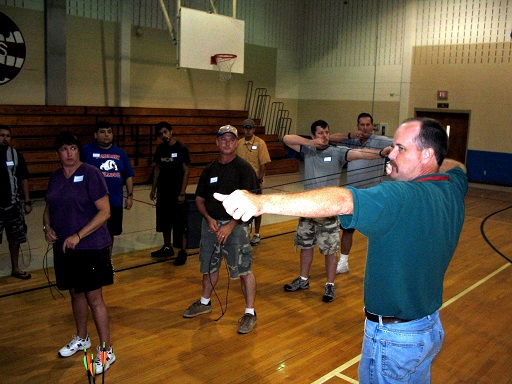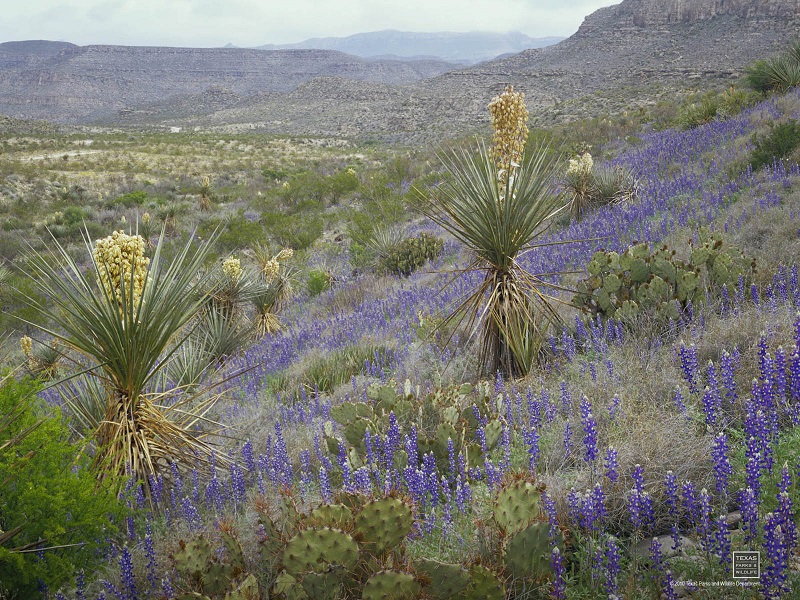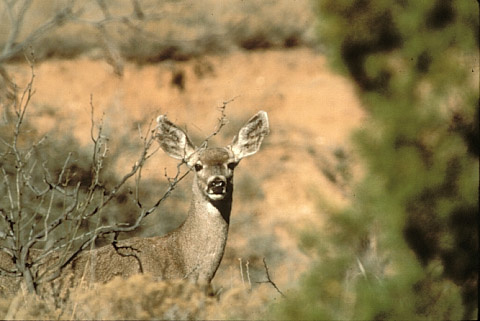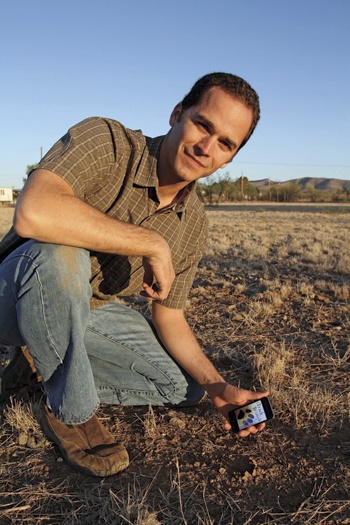Archery in Schools Levels the Playing Field
June 29th, 2017This is Passport to Texas
Most individual and team sports demand a high level of physical agility or strength to compete—unless that sport is archery.
All ages. All sizes. All genders. So, it doesn’t matter; it really is an inclusive activity. And that’s one of the things that makes it very unusual.
Burnie Kessner is the archery coordinator for Texas Parks and Wildlife. More students are being exposed to the activity through the National Archery in Schools program.
It’s a non-traditional activity. It’s a lot of fun. And so, it’s very motivating for a student to want to do it. You know, you’re now going to shoot a bow and arrow. And we do it inside the building. So, you’re going to tell a sixth grader, ‘Hey, we’re going to shoot bows and arrows in the gym. [heh]’
That’s fun, right? Plus, archery has something in common with today’s technology.
It’s great immediate feedback. And they do it themselves—individual skills. They pull the arrow back. Draw the bow back, and shoot the arrow and see immediate results. So it’s great for today’s generation. They click buttons and send texts and get on the internet and find information immediately. Even though it’s an ancient sport and skill, it’s immediate feedback just like sending a text, because you see results right away.
Want to bring the Archery in Schools program to your district? Log onto the Texas Parks and Wildlife website to find out how.
The Wildlife restoration program support our show, and promotes the shooting sports in Texas.
For Texas Parks and Wildlife…I’m Cecilia Nasti.







 Passport to Texas is a
Passport to Texas is a  Passport to Texas is made available by:
Passport to Texas is made available by: